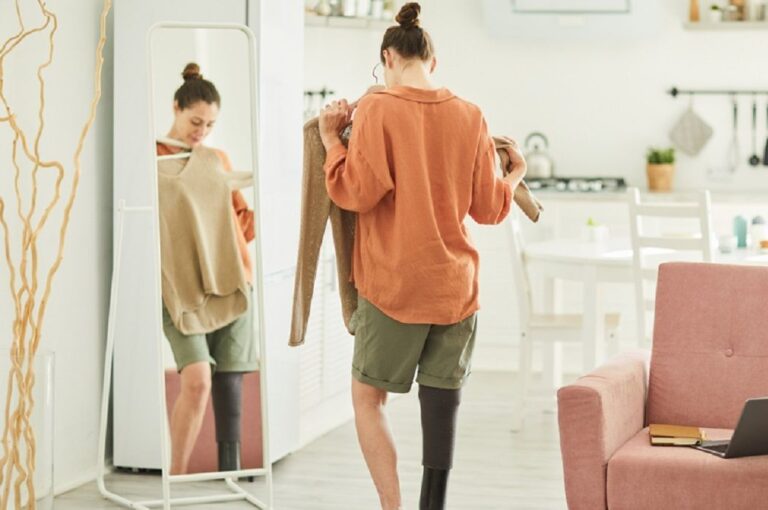
[ad_1]
“When designing clothing for people with special needs, it’s important to consider functionality as well as fashion, style, and self-expression,” Li Zhao, an assistant professor in the department of textile and apparel management, said in a press release by the University of Missouri. “The people who depend on these garments each have unique needs, so their feedback is invaluable.”
Researchers from the University of Missouri have identified two main challenges facing consumers of adaptive clothing through an analysis of online reviews. Customers cited inadequate product offerings that did not meet their specific needs and limited access to existing products. The study also found that retailers’ websites were not user-friendly.
Zhao and her team of researchers mined customer reviews from three companies—Amazon, Silverts, and IZ-Adaptive—that manufacture adaptive clothing ranging from high-end items to casual wear. Through collocation analysis (the process of identifying closely affiliated with one another), topic modelling, and sentiment analysis, the researchers found that, on average, consumers who include folks with disabilities, caregivers, friends, and family indicated that the retailers’ websites were not user-friendly and didn’t have features that aid accessibility.
Further, the general trend among consumer reviews indicated that adaptive clothing garments were limited in design and functionality as well as in aesthetic.
This study filled a gap in the research in that it examined customer experiences not only with adaptive clothing garments but also with navigating an e-commerce environment. Zhao and her team also provided useful guidelines to help retailers design products that are useful to people with a range of disabilities.
In this study, researchers suggest that retailers try to better understand the needs of the people for whom they’re making adaptive clothing garments. For example, developing a more accessible and user-friendly website experience that differentiates garments based on categories and/or features. Additionally, this study illustrates a need for retailers to develop more advanced technology to address sizing, fabric, style, colour, fit, and the function of each garment, added the release.
“It is vital to consider every part of your web design or every aspect of the customer shopping journey and consider how you can think differently as to be inclusive for this group of consumers,” said Zhao. “I think that’s something we really want to find out from customer reviews and feedback in the future.”
Fibre2Fashion News Desk (NB)
[ad_2]
Source link